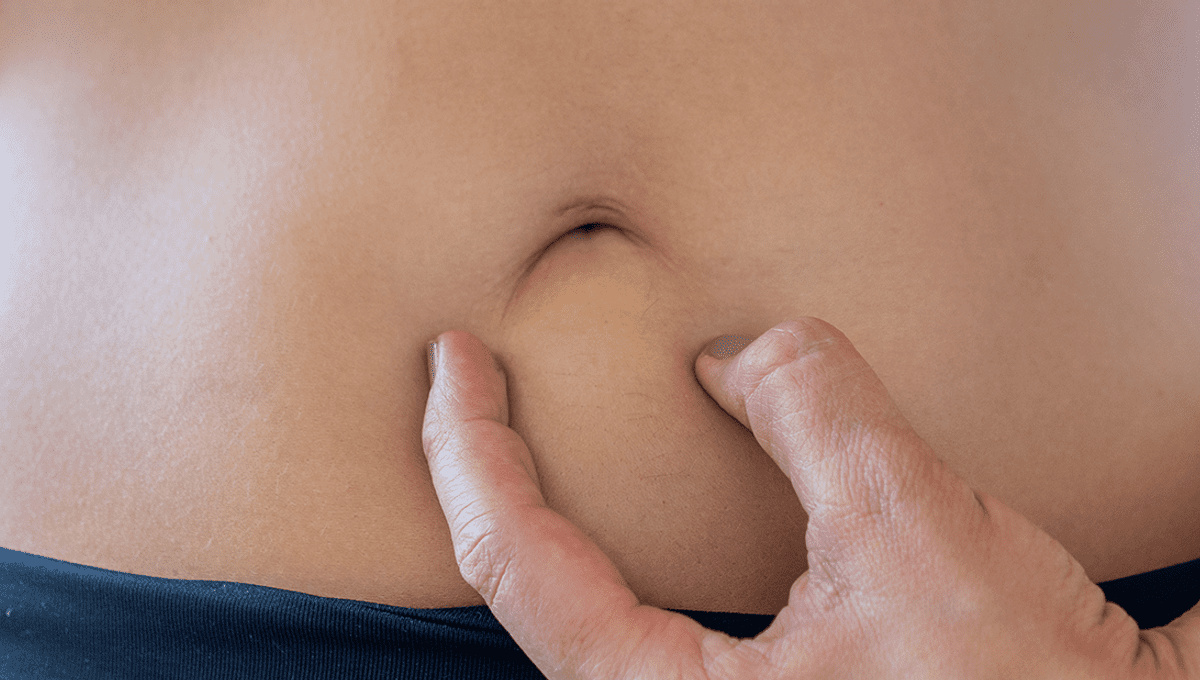
Endometriosis is a condition that involves endometrial tissue, similar to the lining of the womb, growing in other pelvic organs, such as the ovaries and fallopian tubes. The tissue thickens and bleeds just like it would in the uterus during the menstrual cycle.
It’s a painful and long-term condition that can have a significant impact, including infertility. Despite affecting around 1 in 10 women, it can take a long time to get a proper diagnosis. On average, from onset of symptoms to diagnosis, the wait is around 7.4 years for those whose main complaint is pelvic pain, and 4 years for those whose main concern is infertility.
The condition, painful and uncomfortable as it is, can cause further discomfort depending on where the endometrial tissue shows up. People have been documented with endometriosis of the eyelid, the urinary tract, lungs, brain, and abdominal surgical scars.
One area where it shows up fairly frequently is in the belly button, known as umbilical endometriosis, often causing patients to menstruate from their navel. A review of cases by doctors in Kenya found that the most common symptom was umbilical swelling, followed by cyclical pain and bleeding, discharge from the belly button, and menstrual cramps.
As with endometriosis of other areas, the bleeding of the endometrial tissue and engorgement occurs in sync with the patient’s menstrual cycle. While not a pleasant experience, this can help with diagnosis, both as a way of differentiating it from other suspects (such as tumors) and because doctors can re-examine the tissue during the patient’s period.
“At this second look, the umbilical nodule appeared more tender,” one team who asked a patient to return during her period noted, “showing with signs of recent bleeding”.
Umbilical endometriosis can be primary (occur spontaneously) or follow surgeries such as c-sections (known as secondary or incisional endometriosis). The exact cause of primary umbilical endometriosis is as yet unknown (though theories reasonably suggest it occurs when pelvic endometriosis spreads upwards). Secondary endometriosis is easier to explain: when surgeons perform a c-section, they can move endometrial tissue, which can then implant in the area of the surgical scar.
Though the condition remains a rare complication, one team point out in a case report that it is likely on the rise due to an increase in c-sections being performed worldwide. Though prescribing hormones is an option, surgery is often the preferred option for patients to get rid of the tissue, normally resolving the umbilical endometriosis.
Source Link: Umbilical Endometriosis: The Painful Condition Where You Menstruate From Your Belly Button